Hermeus has signed a $60 million U.S. Air Force partnership for the flight testing of its first Mach 5 aircraft – ‘Quarterhorse’.
The firm say that Quarterhorse will validate the company’s proprietary turbine-based combined cycle (TBCC) engine, based around the GE J85 turbojet engine, and is the first in a line of autonomous high-speed aircraft.
By the end of the flight test campaign say the firm, Quarterhorse will be the fastest reusable aircraft in the world and the first of its kind to fly a TBCC engine.
Additionally, the firm say that the award was made under the AFWERX Strategic Funding Increase (STRATFI) program led by the U.S. Presidential and Executive Airlift Directorate (PE) as a follow-on to a Phase II SBIR contract.
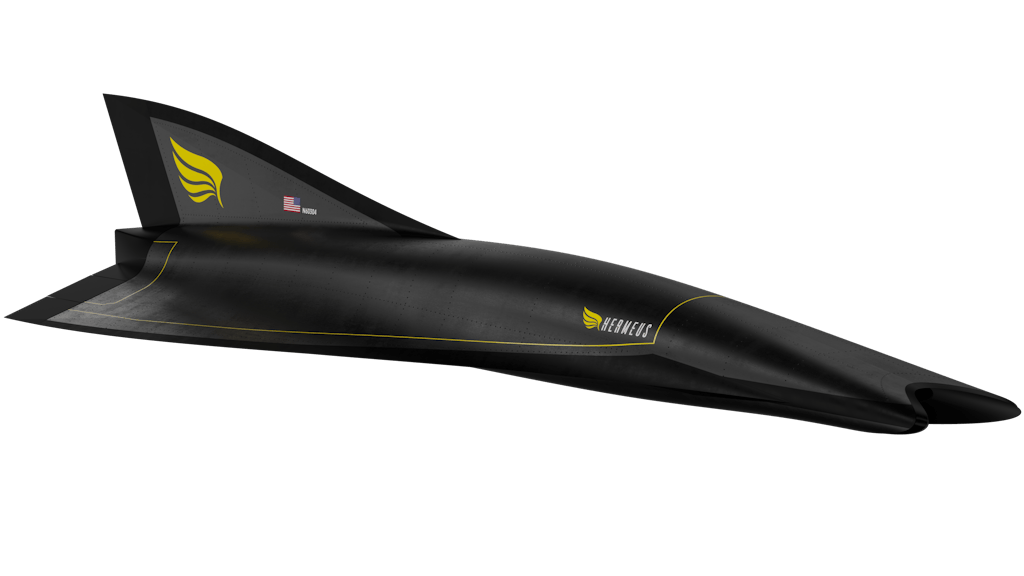
The collaboration also includes support from the U.S. Air Force Research Laboratory (AFRL).
“Small business partnership is recognized by the U.S. Air Force as an important component to driving innovation. Reducing risk in high speed transport technologies, as we are doing with this contract, provides near-term and long-term benefits to both the U.S. Air Force and the defense industrial base” said Lt. Col. Joshua Burger, the Vector Initiative program manager who is spearheading the effort.
“We are very excited to see Hermeus translate their demonstrated successes in engine prototyping into flight systems.”


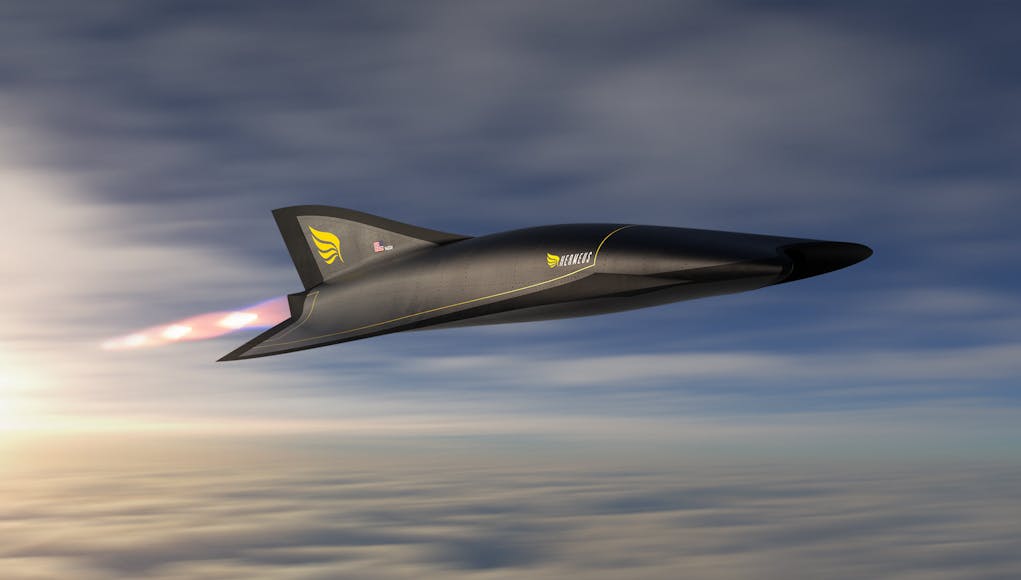
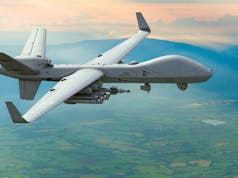
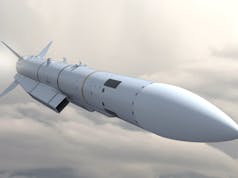

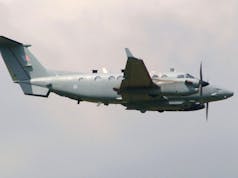

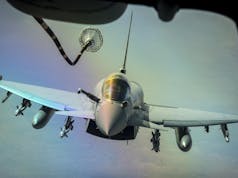





beam me up Scottie!
The company is buying an off the shelf jet engine from GE that is normally used for jet trainers and trying to modify it to achieve hypersonic speeds.
There may well be a lot of issues that emerge from trying to use something far beyond what it was engineered to do.
I see your point but, many aircraft have done the same. Concorde used the Olympus in modified form from the Vulcan. The aircraft designed for supersonic or hypersonic speeds use engines designed for subsonic flow; the clever tech is in the intake configuration which drops the flow subsonic before it meets the first compressor stage by using a con-di intake.
Yes but the 3.7 tonne 11,000lbf Olympus had already been modified to be 22,000lbf dry/30,610lbf on afterburner for the Mach 2 capable TSR, this model was further refined for Concorde to operate at 32,000lbf dry and 38,000 lbf on afterburner.
On the other hand they want to take a light engine that weighs 150-240kg with a performance between 12-18,000 lbf dry and 22-24,000 lbf on afterburner with a usual operating speed of Mach 1.3 and push it to Mach 5 operating without a pre-cooler (pre-cooler is turned off when passing beyond the 2.8 to 3.2 range).
These off the shelf jet parts which are designed to operate to a maximum of 800 degrees Celsius (air temperature at Mach 3.2) would then have to operate at around 1000 degrees for sustained periods. In a 240kg engine that’s a lot of extra energy to try and dissipate…
It all sound off to me too. But presumably DOD must see something in this other than a powerpoint? Or is it the Theranos of the hypersonic world?
Just had a quick read on TBCC tech and it appears the turbine would spool down and a sramjet take over once a certain speed is reached. The modifications are around air flow and diverters to allow smooth transition. So the turbine operating parameters probably remain close to design spec.
Exactly that’s why it’s called a combined cycle engine starts on turbine and progresses to ramjet mode though I’m sure it’s more complex than that simple description. Even Reaction Engines are using an alternative form of combined cycle in their case combining turbine, ramjet and rocket characteristics. This US effort is speeding up matters by exploiting an existing turbine design and re designing aspects and then combining it with the Scramjet placed behind it. If you don’t want to get to orbit this is a very logical engine configuration if you want an all in one solution over using a rocket booster to get a ram/scramjet to a speed where it can function, as in many missile designs.
Reaction Engines of course are having to design a whole engine to incorporate their combined cycle elements so will take much much longer than this short cut solution that will be effective for atmospheric use albeit high altitudes will be possible. Doubt it will be that compact mind as supported by the layouts I have seen especially without a clean sheet design..
There’s a basic diagram here
https://newatlas.com/aircraft/hermeusus-hypersonic-us-air-force-funding/
Interesting comments on the video. There have already bench tested their engine and had “expected” results. The infographic shows them using a pre-cooler. So I wonder if they have solved the icing problem that Reaction Engines (RE) solved, or will they not be going down to cryogenic temperatures?
Like I mentioned in my earlier comment, we really need to get RE Sabre/Scimitar engines out of the lab and into a test vehicle pronto or we will be left behind – again!
No expert but a small turbine is all that’s needed, the ram jet does the rest at higher mach numbers..
That’s how it seems.WZ is right though; a lot of energy to remove but I suspect the materials science is now mature enough to deal with it. They must be bypassing the core to dump into the afterburner as per the J85 (Blackbird).
Yeah, no way a J85 core is going to cope no matter the material sciences…very trick ducting and a novel but simple combination of the cycles must be the basis of the design. Dont know much about the company but reading between the lines looks very ‘start-up’ ish with smallish budgets. A lightweight, simplistic but novel approach looks to be what they managed to work out…and hats off to them for that.
Formula One springs to mind?
It is a two part combined cycle engine that contains a turbojet and a ramjet. The turbojet is purely there to get the intake airspeed to supersonic. After it reaches a sustained speed of Mach 1.3 the ramjet can take over. You can use a ramjet from Mach 1.1, but it is more susceptible to pressure fluctuations at slower speeds that can cause surges or flame outs (scramjets are even more sensitive to pressure fluctuations). Within the intake there will be a diverter, that closes off the feed to the turbojet. The J85 is an old 1960’s vintage engine and is quite a small turbojet with a relatively low power output. For this aircraft to reach supersonic speeds it will have to use the afterburner version, so it can’t be very big!
This process is not new tech and has been around since the 1960’s. Reaction Engines (RE) takes this a step forward by using a three part combined cycle engine that contains a pseudo turbofan, ramjet and a variable cycle rocket engine. Thereby enabling the Sabre engine to go from Mach 0 to 24. As everyone should be aware of by now, the Sabre engine also uses an intake air pre-cooler. This allows the air temp at Mach 5, which will reach temperatures over 1000C, to be reduced to below 0C. This means the intake air is a lot denser (more oxygen) which equals more power, but also significantly allows the engine to run much cooler and thereby cruise for longer sustained periods at these hypersonic speeds. Without the cooler air, the engines components will have to be made a lot heavier to cope with the constant elevated temperatures and require a dedicated form of cooling. Reaction Engines have also designed a Mach 0 to Mach5+ two part combined cycle engine. It is based on the Sabre engine called the Scimitar engine. This again uses the intake pre-cooler, pseudo turbo and and ramjet. They are hoping it will be used for hypersonic long distance air transportation.
As a comparison between the Hermeus (propriety – lol) TBCC and RE’s Scimitar. There is no doubt that the US engine should be capable of speeds up to Mach 3.5 using a ramjet. Reaching and then sustaining speeds at Mach 5 or greater, is going to take a lot of research and engineering. With funding from the USAF they will probably get there. But RE have a significant advantage, as their engine can be made a lot lighter and will be significantly more powerful and fuel efficient. I am very surprised they have chosen the old J85, there are far more powerful engines out there in the same size and weight class. It is a well known and reliable engine though.
It is about time RE and perhaps BAe got together with a combined project to build a test vehicle, one for the Scimitar engine and that would be quite simple to build. Then one for the Sabre engine, which is going to be harder to build.
I think the X-15 was M6 and reusable… so their claim is incorrect.
Wasn’t the X-15 rocket powered?
Yes it used a liquid fuelled rocket. Several missions went into space (over 50 miles up), the pilots became Astronaughts.
The X-15 was deliberately designed to explore hypersonic flight.
Are they not claiming to be the fastest reusable aircraft in the world in operation?
Exactly. That’s how I read it too.
Black Mach 5 planes are cool – reminds me of all the Firefox fantasies I had as a kid. Anyone know the latest on Skylon?
Not long ago something like this would be under wraps, in Area 51. Now bits are bought ‘off the shelf’. Tempus Fugit…
Interesting, first time an aircraft with TBCC has flown….
More accurately, the first time a TBCC aircraft has flown in the public arena, outside of a black programme more like…
Useful for what precisely?
Sounds fascinating, I hope they can make it work.
Out of curiosity, does anyone know the latest with Reactive Engines and their Skylon project?
We should be doing this sort of thing.